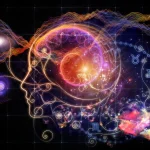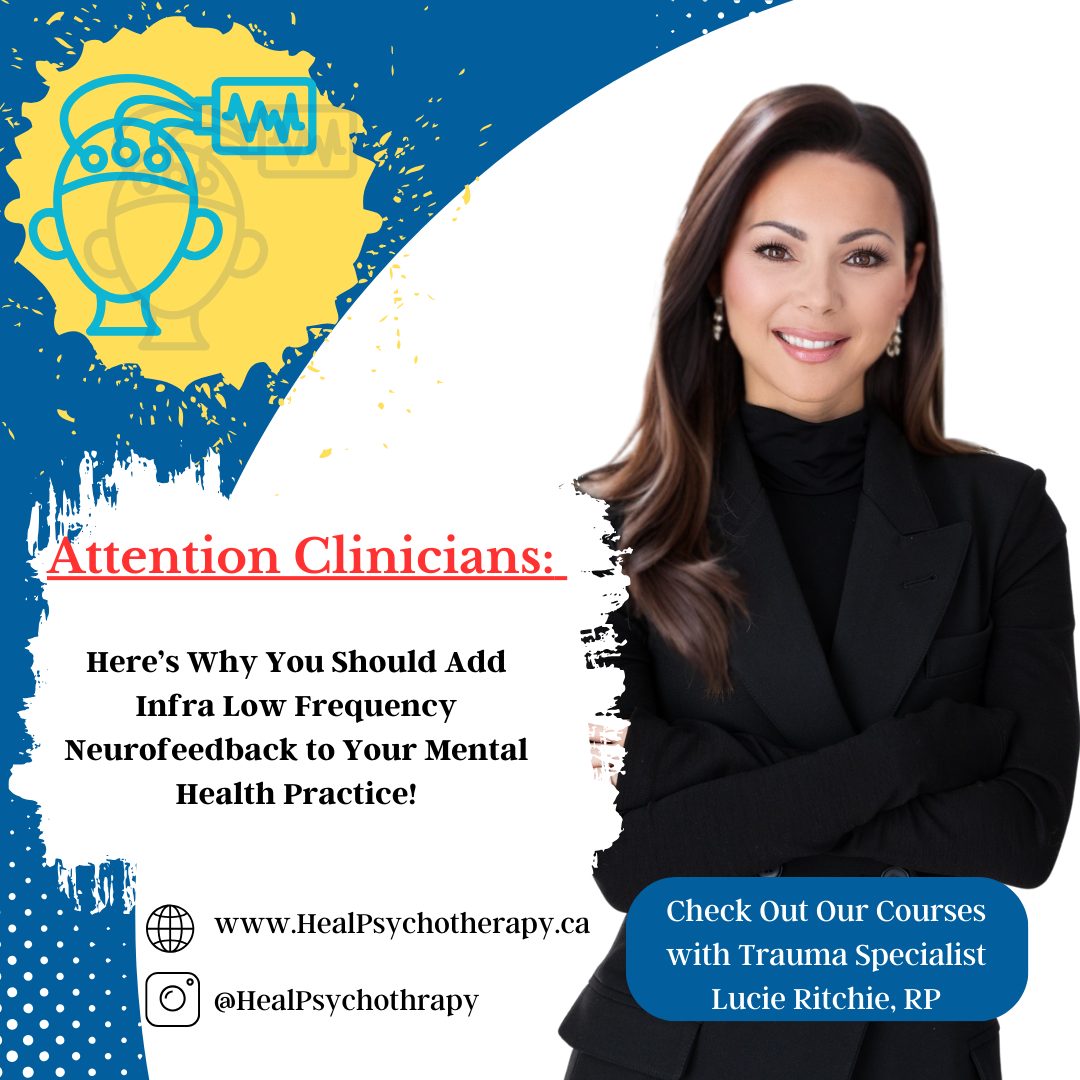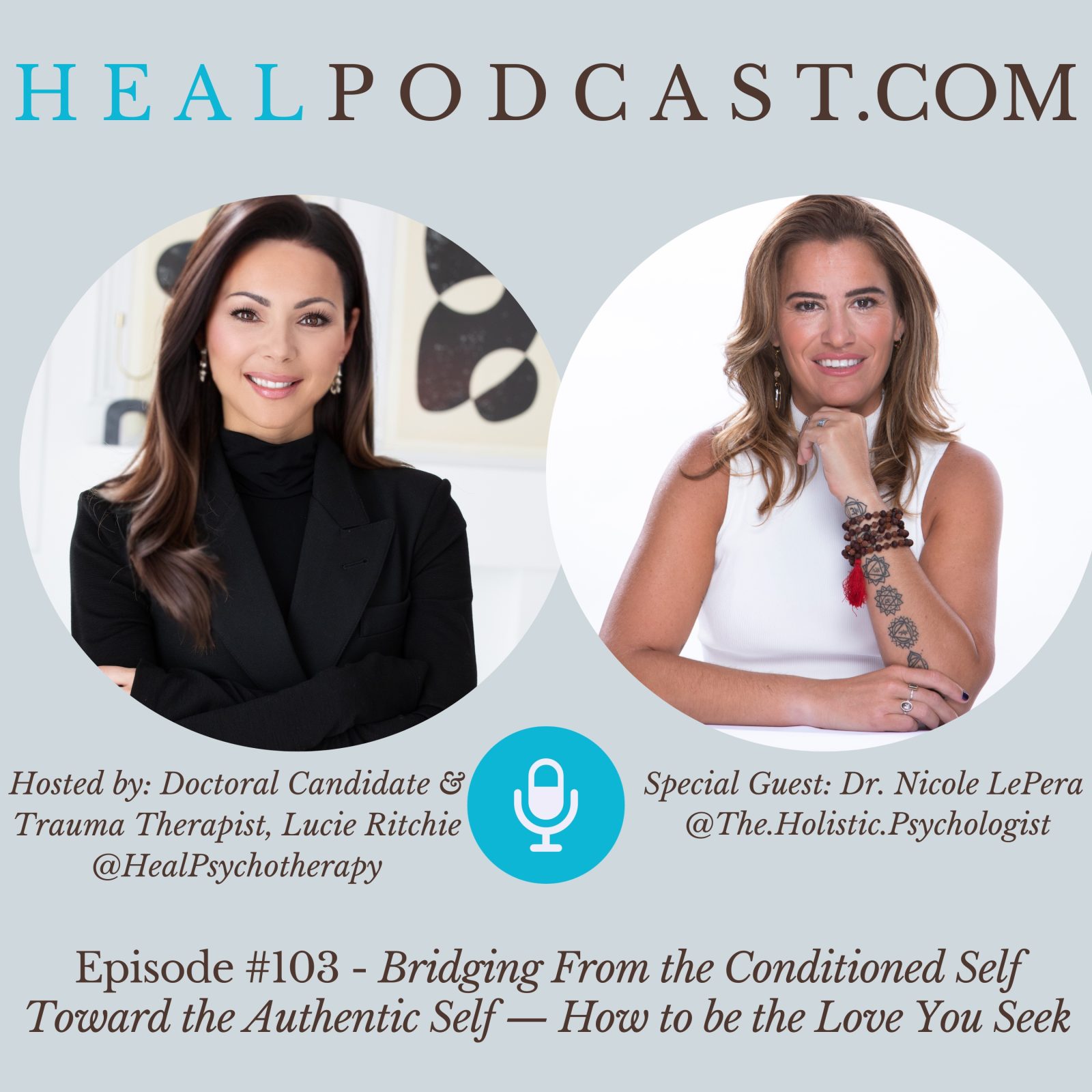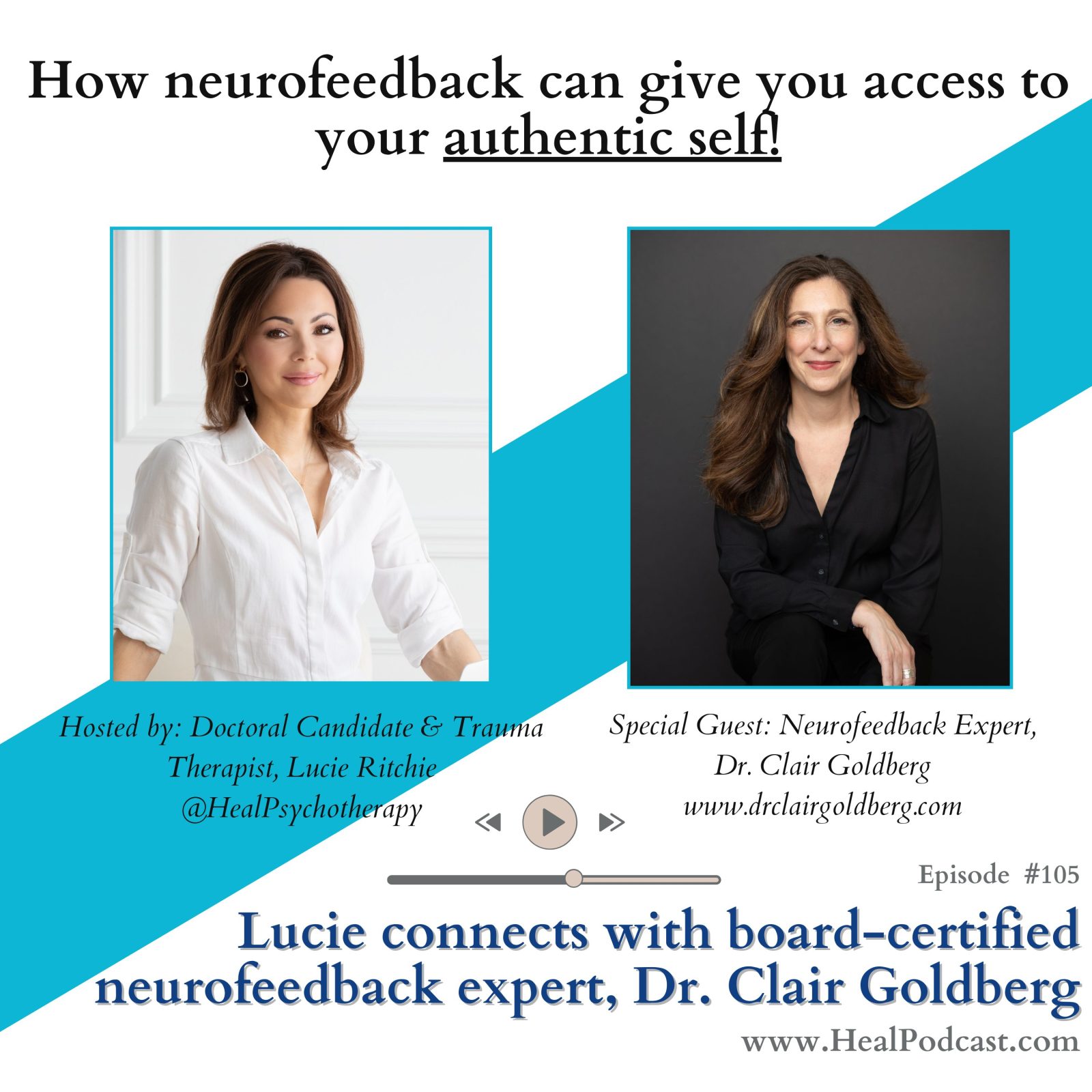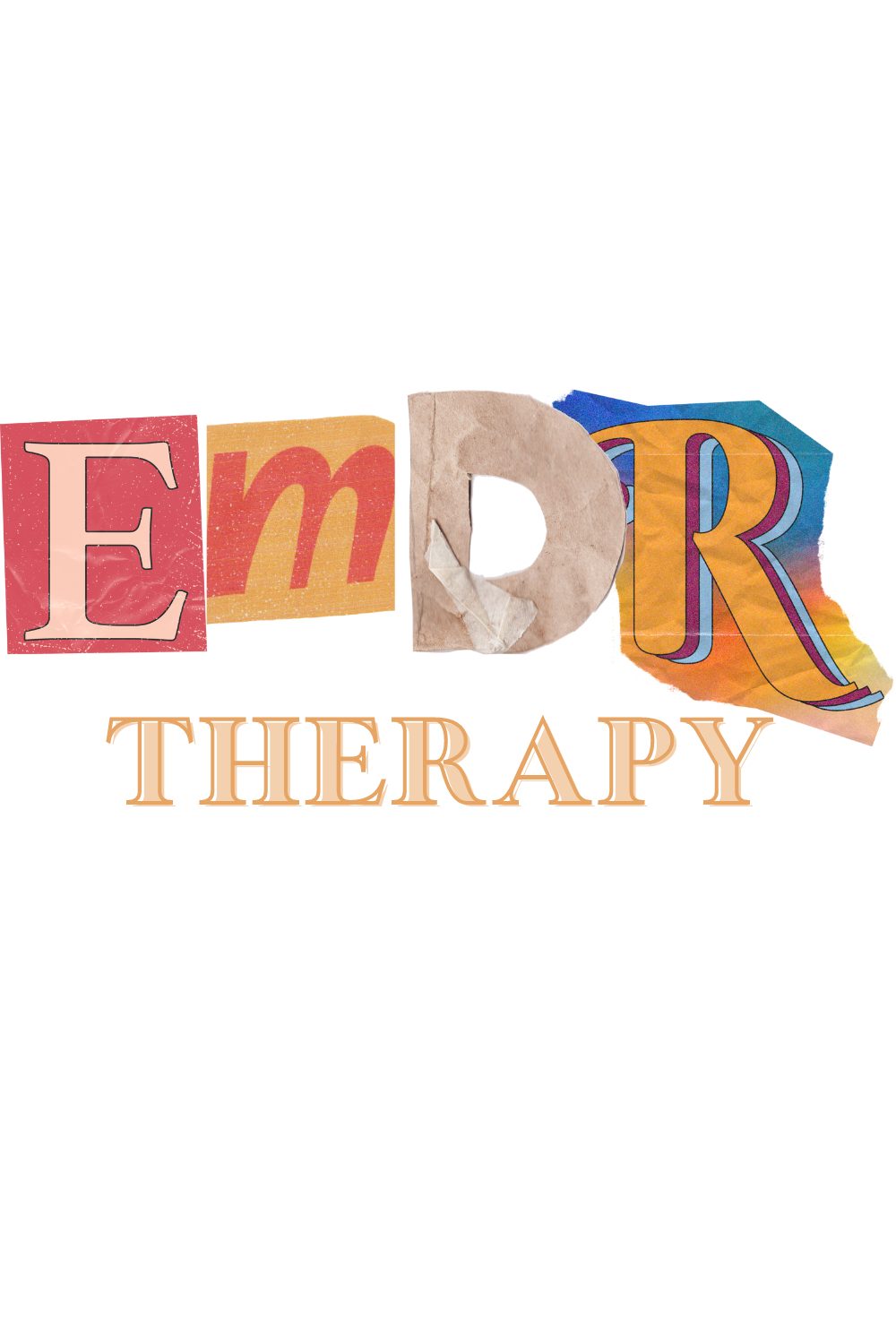I tend to get a crooked look when I tell clients that we are all born with multiplicity (see Dr. Richard Schwartz’s popular book, No Bad Parts). Multiplicity is a normal human function. Think of it this way, we cannot recruit the same persona when going to church as the one we’d recruit when going to a rave; things would get pretty awkward fast. So, we have parts (aka states of mind).
Our parts each have their own roles, beliefs, emotions, and associated coping strategies. If we are in a resentful state of mind, we may believe the world is out to get us, that others cannot be trusted, and that we may not be good enough belong. If we are in a compassionate state of mind, we may feel that the world is our oyster, that others are an extension of ourselves, and that we are worthy of all the blessings of the world. We lead life differently based on what part is activated within.
Our parts develop in relation to other human beings. What we were exposed to repeatedly in our childhood, for instance, is what shapes our brains’ neural connections that represent the perceptions of our individual realities. At birth, we have more than 100 billion neurons and our experiences will tell the brain which are needed to represent the views of our unique reality as we experienced it to be. Other neurons that don’t match our understandings of the external world mostly prune away. What remains is a blueprint that represents reality as you repeatedly understood it to be once upon a time.
As we move through life, we may start to hear the shoulds and should nots of the brain and subsequently experience a shame state of mind. This is often a hurt child part being triggered. If you felt like you needed to suppress who you were as a kid in favour of inflating a persona that is reflective of the needs of others, this child part may be activated in adulthood to help you appease others with the goal of (example) avoiding rejection. This was the state of mind (or part) that developed to keep you safe as a child but becomes problematic in adulthood when you’re in a new environment.
We switch from part to part moment-to-moment. You may be excited and share a meaningful story, talent, or business idea only to retract and say something like, “wait that’s stupid,” often due to a fear of rejection and feeling judged. Our most authentic part may be trying to peer out but it’s met with the shaming powers of past conditionings.
Understanding how our inner worlds work and impact us throughout life is key to healing and growth. Lucie Ritchie is a Trauma Psychotherapst who is passionate about healing the impacts of childhood trauma in adults. She can work with you to discover your once needed perceptions and copping strategies of yesteryears that may be negatively impacting your present-day relationships.
Take good care of your Selves through compassion for each of your parts. Some may be inflamed, repressed, and critical toward you to keep you feeling in control and safe based on how you once needed to. Now that you’re grown and you’re in a deferent environment, these parts may be reacting to past events in the present. Integration is possible.
Healing the wounds that birthed the existence of these parts could help integrate each of them to function as a whole—as one cohesive internal family system (Schwartz, 2021).
Resource:
Schwartz, D. (2021). No bad parts. Sounds True.
Contact Lucie for your free 20-minute consultation: hello@healpsychotherapy.ca

